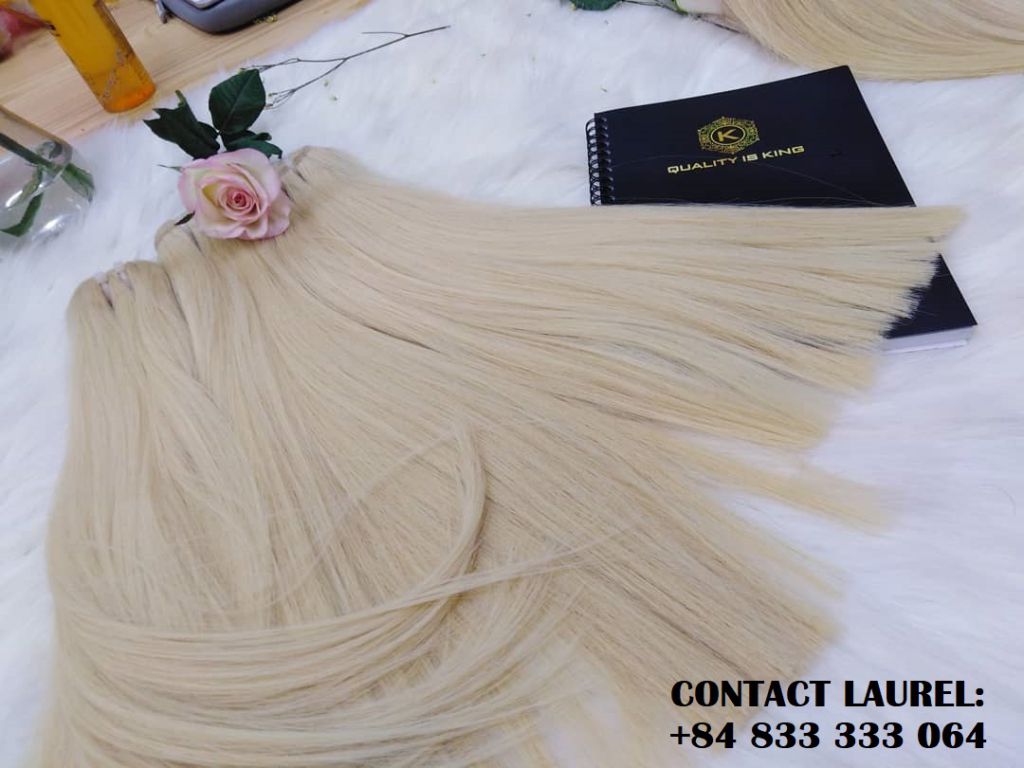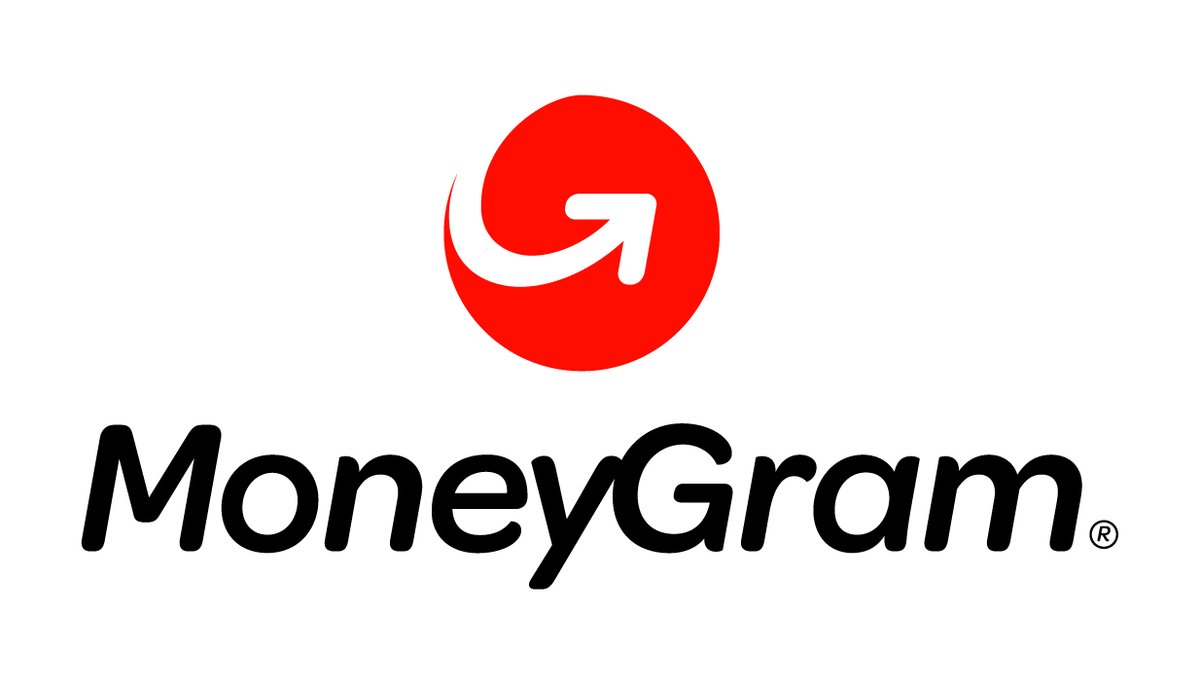The global market for wigs and hair extensions is growing in a way that no one of us can ever imagine. During the time period from 2020–2025, the global hair industry is expected to increase by 7.01 billion USD. The number of hair business around the world is booming. The hair wigs market will grow at a Compound Annual Growth Rate of about 10%. North America will contribute 44% of the hair extensions market growth. An increase of hair extensions and wigs throughout continents as Europe, South America, North America, MEA,… with different types (temple hair, slavic hair, etc)The demand for better quality hair wigs is growing in countries like Nigeria, Ghana, Angola,… Hair doing is now becoming real beauty rituals to many parts of the world.
With the boom of e-commerce and the widespread of logistics, wigs, and hair extensions are growing in popularity, wigs and hair extensions have never seemed so easy to get before. Thus, the hair selling industry is at a critical point in its history. Hair distributors, who bridge the gap between hair vendors and end-users, have always played a deciding role in the sale of goods, ensuring that products reach where they’re supposed to, intact and on time.
There are plenty of other challenges too that are slowly changing the face of the industry as we know it. One is the need for e-commerce operations and the increasing competition between businesses. Besides, many distributors now find themselves stuck between manufacturers who’re increasing prices to keep up with rising operational costs for hair in bulk products and retailers who want to pay less for larger orders to keep up with consumer demands. Also, as a middleman, they can not be sure all the time the hair they are distributing is real human hair, real human high-quality hair.
In this article, Laurel Expert (K-Hair Factory in Vietnam) is sharing with you the top 7 major reasons why many startuppers in the hair industry fail in their career and certainly giving you some precious advice.
1. Low-Quality Hair
First, do you know where your hair comes from?
Running your hair business, you must make sure that what you are providing your customers is the highest quality, but…
You might be surprised to hear it, that not all types of hair are the same. In fact, hair extensions are sourced all over the world, however, typically you will find hair sourced from Russia/Europe, India/China, and Vietnam. When looking for a new hair extension type, it is important for your hair business to make sure the chosen hair extension type is compatible with your uses. Therefore, it’s a must that you understand each type of hair well.
Russian Hair/European Hair
These types of hair refer to Caucasian hair from the western world, predominantly Russia. In the western world, there are very few women willing to sell their hair, meaning high demand with limited supply and high prices. Russian hair has a fine denier and has natural light brown and blonde shades, meaning less processing. Not recommended for coarse hair textures, but can be used by hair types other than Caucasian. European hair is naturally silky and shiny and considered to be the highest quality of hair extensions you can buy, as long as it is from reliable human hair bulk distributors and resellers.

Indian/Chinese Hair
This type of hair is one of the most common hair types on the hair business market, tending to have a thicker follicle than European hair and has little to no curl. The natural state is black or brown, thus the hair must be bleached to remove the pigment, then deposited with color. As long as the process is done correctly, the hair will not lose its quality after extreme processing.
However, there are very few suppliers that collect Remy, non processed Chinese hair. In fact, most suppliers sell hair which is collected off salon floors and mixed with synthetic and sometimes even animal hair and call it “Chinese, Russian, Brazilian, Peruvian Remy hair” and mostly it does not fit any of these descriptions. Be wary when purchasing hair from China, it is usually the lowest quality on the market, and quite unmanageable.

Unsorted hair before going to hair business in Myanmar
“People who work in the industry are conscious of the fact Made in China is viewed as a negative label and market it in more glamorous ways instead,” says the professor of anthropology and author of Entanglement: The Secret Lives of Hair.
Consult the many online hair glossaries, blogs, and tutorials and you’ll be told that Chinese hair is the coarsest, that Filipino hair is similar but much shinier, that Brazilian hair is “full-bodied with a beautiful bounce” and Indian hair is “versatile with a natural luster”. Definitions are as varied as they are vague.

This is “standard hair” – often used as a more marketable term for comb waste. Yes, Chinese or otherwise, many sleek and shiny hair extensions start life as hairballs, collected from combs and plugholes.
“Chinese factories will often call the comb waste hair ‘standard hair’ because a lot of the hair comes through that route,” says Tarlo.

“In terms of marketing, it’s up to the integrity of traders all the way along the line to specify what hair is what. Quite a lot of mislabelling goes on and often the people buying it don’t ask questions anyway.”
Vietnamese hair
Vietnamese straight black hair is, by and large, the most well-known product in the market of hair beauty nowadays. The natural color of Vietnamese hair is black. It is smooth, silky, and very beautiful. Hair extensions from Vietnamese women can endure the damage of time, from about 3 to 5 years under proper conditions. Meanwhile, the price is affordable. Vietnamese bulk hair has various purposes: they can blend well with the African women, and also the European women when it is styled (cutting bangs, curling, etc), bleached and then dyed. Therefore, it is hard to deny that Vietnamese hair is a top choice for those who are seeking for high-quality hair extensions.
With a small amount of money, you can easily affordf 100% human natural hair with the best quality. For more information, kindly follow this link:
African Hair Business: Top 7 Steps From Expert To Start And Thrive
How hair extensions are made
Human hair extensions are exactly what they sound like. They are made out of real, human hair from top to bottom, collected from a donor. Remy hair means all the cuticles (the outer layer of the hair) are intact, running in the same direction at the time of collection. This allows for almost no tangling and ensures that the extensions remain smooth and silky throughout their lifetime.
Synthetic hair, on the other hand, is made out of various synthetic, blended fibers, and contains no human hair. These fibers are usually very fine, plastic fibers that are manufactured to imitate real human hair.
Look and feel
Both real and synthetic extensions come in many styles, colors, and different forms of application. The quality of synthetic fibers can vary, but they are generally stiff and move differently from human hair, so they don’t blend as well with your natural hair. They sometimes have a wiry or coarse feel to the touch. Real hair looks and feels real (because it is!) and therefore blends more naturally with your hair.
Coloring and Styling
Human hair extensions for your hair business can be treated just like your own natural one. You can straighten, curl, blow-dry, color them, and apply hair products. With synthetic hair, you cannot color the hair as most dyes contain ammonia or bleach, which would destroy the synthetic hair. Additionally, you cannot style synthetic hair the same way as your real hair because heat can damage them so curling irons, straighteners, and blow dryers are a no go, as they will melt or severely damage the hair. Other factors such as sun, friction, or harsh hair products can also damage synthetic hair extensions.
https://www.instagram.com/p/CEaEhOHDW6y/?utm_source=ig_web_copy_link
Quality and How long the hair extensions last
Synthetic hair is much cheaper than real hair, but of course with that, comes a trade-off. Because they’re made out of synthetic fibers, they do not last as long as human hair as they can easily be damaged by the above-mentioned factors (sun, heat, etc.). Besides, it is synthetic hair, so it looks very unnatural. Generally, synthetic hair extensions last for a few months, whereas human hair extensions can last upwards of one year if they are well taken care of. Extensions made from Vietnamese human hair, for curly/wavy hair and kinky/pixie hair can last for about 1 year, for bone straight hair and weft straight hair, it can last from 3 to 5 years on average.
In summary, human hair can be treated and styled just like your own hair and will look and feel the most natural. It will blend easily with your hair and last much longer than synthetic hair. Although they are cheaper than real hair, synthetic hair does not look as natural, cannot be styled with heating tools, and does not last as long as real hair.
2. Inventory
Inventory management issues are nothing new in the distribution industry, but we’re yet to come up with a complete solution to this incredibly complex problem.
If you’re thinking of becoming a distributor and aren’t sure what inventory management means, it’s basically the practice of keeping track of all the goods coming in and going out of your storage facility.
This practice is essential in the distribution industry because without it, you have no way of knowing how much stock is left in your warehouses and how much you’ve sold out. If you don’t know how much you have left, you can’t restock your inventory which will cause delays and frustrate your customers.
Traditionally speaking, inventory management has been done in two ways: Either manually by physically counting each item (which gets out of hand very quickly) or by using RFID tags which are incredibly expensive.
Nowadays, however, software tools are slowly taking over. There are plenty of programs like Saga X3 which provide an extremely cost-effective and efficient solution to the age-old problem of managing stock.
The great thing about this software is that it can track goods in real-time and upload this data to the cloud, meaning you can say on top of your inventory needs regardless of where you are in the world. Using other artificially intelligent tools, modern inventory management software can even predict when certain stocks will run out and how much of them you’ll need for the coming months.
3. E-commerce Takeover
The B2C e-commerce trend has finally hit the B2B industry, and distributors around the world are scrambling to establish a formidable online presence before their competitors do.
The problem is that most of these distributors, especially those who’ve been in the industry for 10+ years, haven’t the slightest idea of how the world of online sales works. In fact, up until a few years ago, wholesale websites looked like they’d come straight out of the ‘90s.
There was no sense of aesthetics on any of these sites, and their only purpose was to serve the business’ existing customers by giving them the option to order stock online instead of over the phone. Most of the older business owners didn’t know what a website was, let alone have one for their businesses.
Fast forward to 2018 and the B2B industry is slowly catching up to the digital age. We’re seeing new, fully optimized websites pop up every day, the focus has shifted entirely from “just” having a website to using e-commerce to attract and retain new customers.
Of course, when an entire industry shifts over to an entirely new platform, there will be major problems at the start. For example, cybersecurity has suddenly become a major concern for most of these businesses. As cybercrime continues to haunt organizations around the world and major data leaks continue to happen (Equifax in 2017 was the latest), there’s concern industry that hackers might shift their focus towards B2B companies knowing they won’t have modern security measures in place just yet.
Another problem is that, because a lot of these companies are now operating online, their clients expect the same kind of customer service that B2C companies give to their end-users. This means embracing the new culture of providing value-added services. There are other customer service-related issues too which we’ll discuss ahead.
4. Competitive market
Keeping up with the trends
The trends of fashion and styling are constantly changing, so to be successful, you need to be able to keep up to date with what’s trending in your industry to be able to advise your clients and meet their expectations, especially younger ones.
It can be hard to find the time to do your research, but try and give yourself one morning or afternoon each week to do your online research. Also, try to attend hair and beauty shows several times a year. This will prove that you have the skills and knowledge to offer to all ages.
Competing with the big brands
Most salon owners sell hair products in their salons, but it can be hard to sell these with such a wide range of choices of products from bigger hair companies where they sell similar products at lower rates.
But one thing that salon owners can benefit from that these shops can’t, is that they actually get to communicate with their customers on a better, more personal level. Talk to your clients to find out what they struggle with the most with their hair, and then provide products that solve their problems.
Also, get your client’s email addresses and use email marketing to cross-sell your products and services. Also if you ever provide promotions and discounts, use email marketing to advertise these. One big mistake to avoid is making your promotions too pitchy.
How to conduct market research effectively, kindly follow this link:
5. Demanding Customers
Perhaps the biggest challenge distributors are facing is that consumers are getting more and more demanding with each passing year. The biggest reason behind this is that the millennial generation, which practically grew up in the digital age, has finally reached the age where it’s in commanding positions at businesses around the world.
Since the millennial generation grew up ordering things online and browsing the internet on their mobiles, they’ve become accustomed to a certain standard of customer services that B2C companies have been providing for years.
When these clients then shift over to B2B sales, they naturally expect the same kind of service from distributors. This is something very alien to most wholesale companies because they’ve never before had to worry about keeping customers happy using value-added services the way they’re being asked to now.
The industry is changing slowly and businesses will certainly adapt to this new trend if they want to survive, but it’s just fascinating to see how an entire group of business owners is adapting to a technology that has been around for almost 3 decades now.
6. Disintermediation
As we mentioned earlier, manufacturers and retailers are increasingly cutting distributors out of the equation and using their own networks to get products to customers. The benefit for both these parties is financial gain since the manufacturer can afford to sell their items at a higher price and the retailer gets still gets them cheaper than he/she would have from the wholesale dealer.
The major driver behind this change is technology since retailers can just go online to wholesale marketplaces and get in touch with manufacturers directly. Coincidentally enough, technology is also the solution to this concerning problem.
You, as a distributor, must now aim to provide services that a manufacturer simply wouldn’t be able to, such as VMI (Vendor Managed Inventory) tools that automate elements of distribution, thereby saving the retailer valuable time and money.
These automated elements include the order lifecycle itself, wherein the retailer simply has to specify reorder points in advance and the distributor delivers the order as requested. This means the retailer never runs out of stock and gets countless other benefits that only a wholesale dealer could provide.
If you are setting up your hair business and looking for a mentor to guide you through this difficult and challenging time, feel free to contact Experts from K-Hair. With 20 years of experience in the hair industry and 10 years of experience in penetrating the African hair market, we wish to offer you consultation 24/7 and free of charge.
Contact Laurel Expert for more advice,
- Instagram: Ms. Laurel
- WhatsApp: +84833333064
- Gmail: laurel.khair.vietnam@gmail.com


















No comments yet